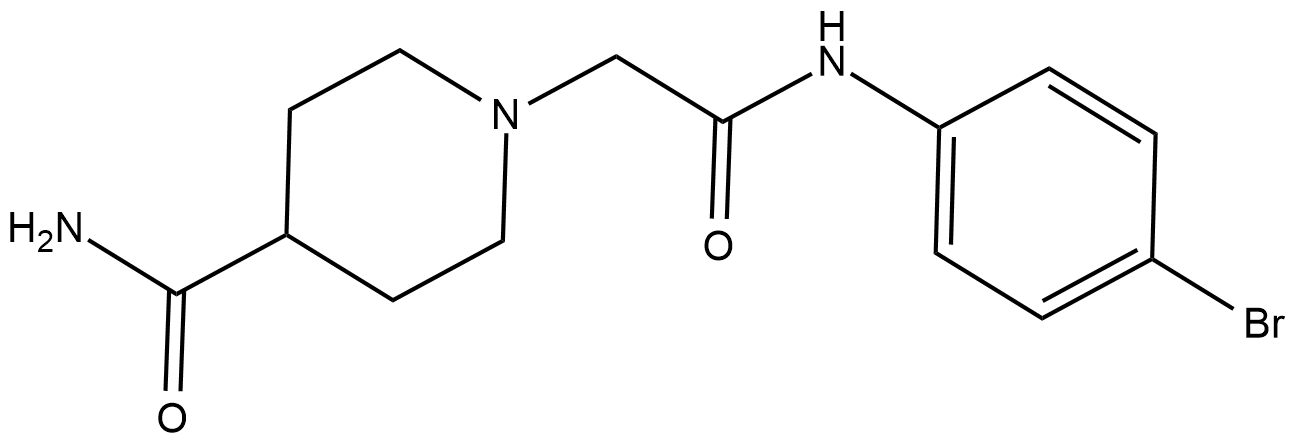BCI-121 |
| Catalog No.GC18161 |
A substrate-competitive SMYD3 inhibitor?
Products are for research use only. Not for human use. We do not sell to patients.

Cas No.: 432529-82-3
Sample solution is provided at 25 µL, 10mM.
BCI-121 significantly inhibits SMYD3-substrate interaction and chromatin recruitment and is effective in reducing proliferation in various cancer cells types. BCI-121 significantly reduces proliferation of HT29 (by 46%) and HCT116 (by 54%) cells at 72 h and decreases the expression levels of SMYD3 target genes. SMYD3 preferentially methylates histone H4, and the presence of BCI-121 impairs SMYD3-mediated H4 in vitro methylation. Cancer cells treated with BCI-121 show a significant reduction in their growth ability and accumulated in the S phase of the cell cycle. Cells treated with BCI-121 shows a dose-dependent relationship between SMYD3 impairment and both inhibition of proliferation and reduction of targeted methyl marks (H4K5me and H3K4me2). BCI-121 shows antiproliferative properties in cancer cell lines overexpressing SMYD3 and, in general, replicated the effects of SMYD3-targeted RNAi. Experiments performed in cancer cells show that BCI-121 prevents SMYD3 recruitment on the promoters of its target genes and this event is correlated with reduced gene expression[1].
References
[1]. Peserico A, et al. A SMYD3 Small-Molecule Inhibitor Impairing Cancer Cell Growth. J Cell Physiol. 2015 Oct;230(10):2447-2460.
Average Rating: 5 (Based on Reviews and 13 reference(s) in Google Scholar.)
GLPBIO products are for RESEARCH USE ONLY. Please make sure your review or question is research based.
Required fields are marked with *




















